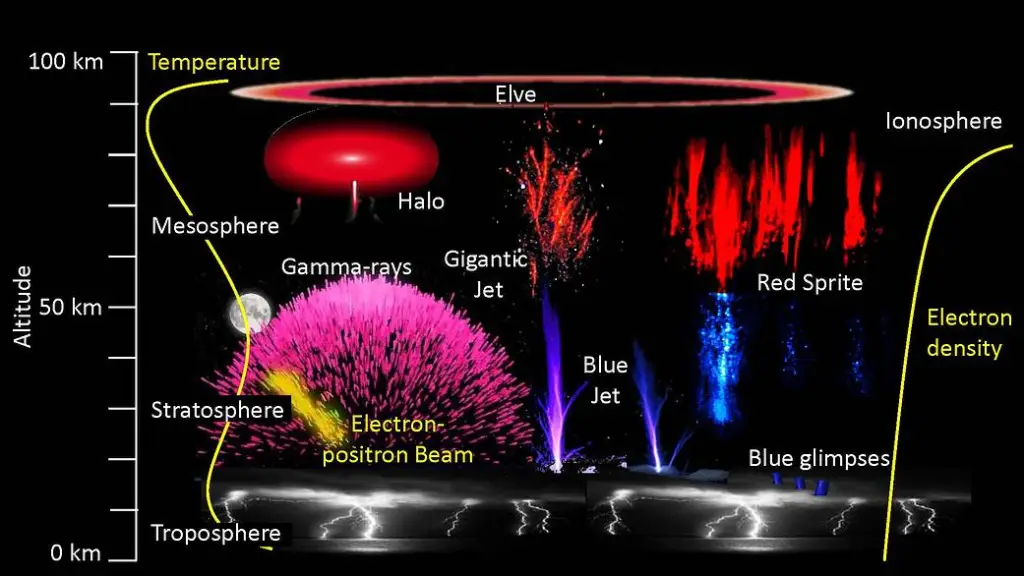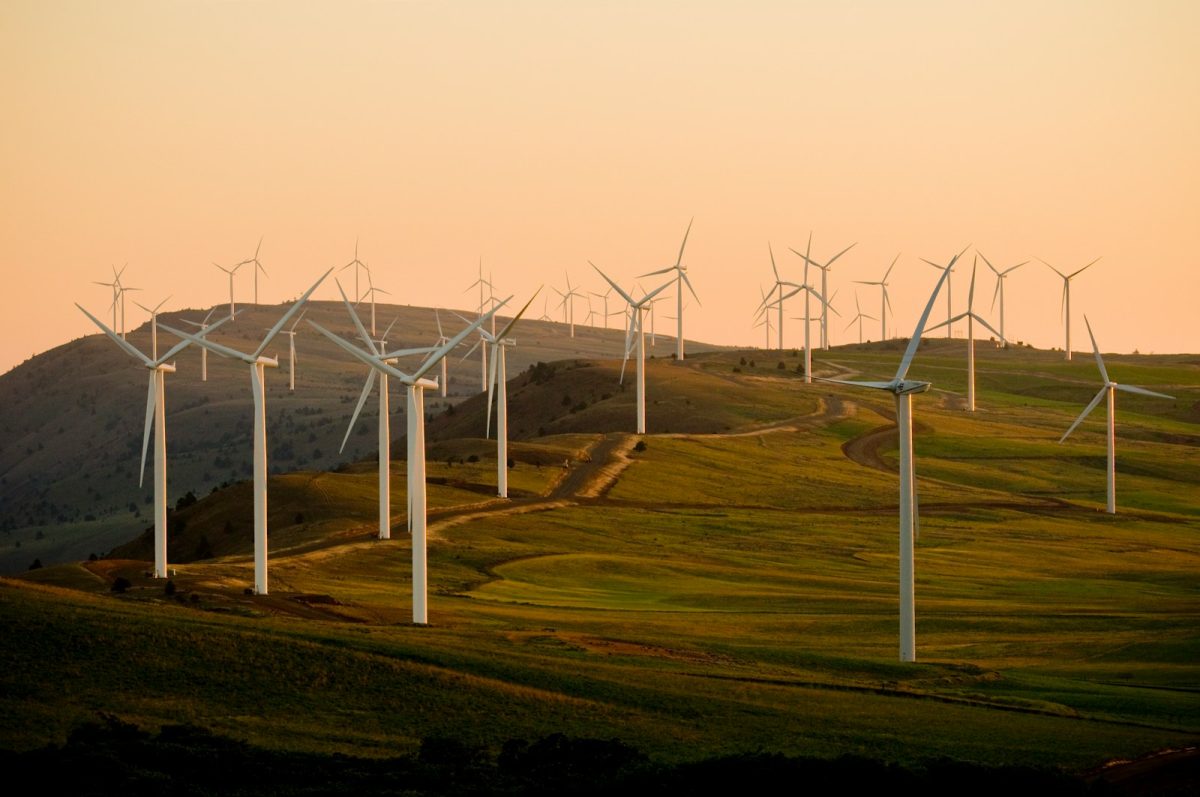RELATED STORIES
Upper atmospheric lightning, also known as transient luminous events(TLEs), or ionospheric lightning, is lightning and other phenomena that occur above where traditional lightning occurs. Some of these include Sprites, Elves, Jets, Trolls, Gnomes, Halos, and Pixies. They are less common than traditional thunder but occur during most thunderstorms.
Sprites: This is an acronym for Stratospheric/mesospheric Perturbations Resulting from Intense Thunderstorm Electrification. Sprites are one of the most common TLEs, but they are still rare. There are 3 main types of sprites. Jellyfish sprites are very large reaching up to 50 by 50 km. Column sprites which are vertically long spots of light. Carrot sprites are like column sprites but have long tendrils coming from the bottom, and luminous structures on top. They all appear as large, short-lived flashes of reddish-orange color sometimes with blue tendrils, and have weaker light than most TLEs. They are caused by positive charges from the clouds to the ground and occur at the same time.
Elves: Another acronym that stands for Emission of Light and Very Low-Frequency perturbations due to Electromagnetic Pulse Sources. They appear as a dim ring that rapidly expands. They occur at around 100 km high and can reach up to 400 km in diameter. They expand so quickly that they are impossible to see with your eyes and last about 1 millisecond. They are caused by an electromagnetic pulse (EMP) starting in the ionosphere, and the light is caused by the excitation of nitrogen molecules.
Jets: They are one of the rarest types of TLEs. There are 2 types of jets, Blue Jets, and Gigantic Jets. Blue jets are blue cones of lightning that reach up to about 50 km. They occur very quickly. They are also very similar to blue starters. Blue starters are like blue jets that never fully form, they are shorter and less bright than blue jets. Gigantic jets are another type of jet they are similar to blue jets but, taller and reach up to 70km. When gigantic jets get taller they also start to get red near the top, and have other differences.
They are photographed in many ways, from planes or balloons, space, or even from the ground. They require sensitive equipment, and in most cases for it to be night, because of how dim they are. In 1989 they were first photographed by the University of Minnesota, even though reports of seeing them dated back much earlier. On the International Space Station attached to the European Space Agency’s (ESA) Columbus module, there are a group of cameras, x-ray detectors, gamma-ray detectors, and photometers called atmospheric-space interactions monitor (ASIM). ASIM can observe upper atmospheric lightning and TLEs. The space station is a good place to observe upper atmospheric lightning because of its low-earth orbit. There have also been many other missions from space to observe them.
RELATED STORIES:
https://www.albany.edu/faculty/rgk/atm101/sprite.htm
https://skybrary.aero/articles/transient-luminous-events-tles
https://www.almanac.com/what-are-lightning-sprites-magic-skies
https://phys.org/news/2018-04-thunderstorm.html
https://cloudatlas.wmo.int/en/lightning-transient-luminous-events.html
TAKE ACTION:
https://science.nasa.gov/citizen-science/spritacular/






